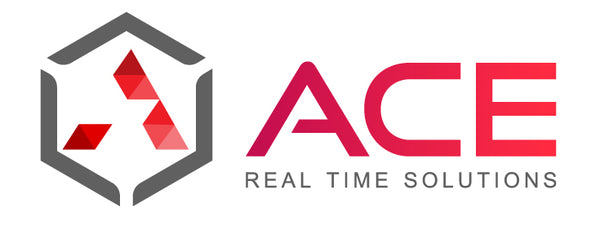Revolutionizing Energy Supply Chains: How AI-Powered Generator Management Is Changing the Game
Share
In today's rapidly evolving energy landscape, power reliability isn't just a convenience—it's a critical business imperative. Energy companies utilizing generators as backup or primary power sources face unprecedented challenges in maintaining operational continuity while optimizing costs and reducing environmental impact. The complexity of modern generator supply chains, combined with unpredictable demand patterns and increasing regulatory pressures, creates a perfect storm that traditional management approaches struggle to navigate.
This blog post explores how artificial intelligence is transforming generator management in the energy sector, offering revolutionary approaches to supply chain optimization that can dramatically improve reliability, efficiency, and sustainability. Discover how forward-thinking energy companies are leveraging AI to turn supply chain challenges into competitive advantages.
Predictive Maintenance: The Foundation of Generator Reliability
Unplanned generator downtime can have catastrophic consequences in the energy sector, leading to service interruptions, revenue loss, and potential safety hazards. AI-driven predictive maintenance is changing this paradigm entirely.
By analyzing patterns from thousands of data points—from vibration anomalies to fuel consumption fluctuations—AI systems can identify potential failures before they occur. This allows maintenance teams to address issues during scheduled downtime rather than during critical operations.
Actionable Insight: Implement IoT sensors on critical generator components and integrate this data with an AI analytics platform. Begin with tracking three key performance indicators: operating temperature, fuel efficiency, and vibration patterns. Even basic implementation can reduce unexpected downtime by up to 30% in most energy facilities.
Intelligent Inventory Management for Generator Components
The traditional approach of maintaining excessive spare parts inventory "just in case" ties up capital and warehouse space. Conversely, insufficient inventory can lead to extended downtime when components fail. AI brings precision to this balancing act.
Machine learning algorithms can analyze historical usage patterns, lead times, and even weather forecasts to optimize inventory levels for generator parts. The system continuously learns and adapts as conditions change, ensuring you have the right parts at the right time.
Actionable Insight: Start by identifying your top 20% most critical generator components based on replacement frequency and downtime impact. Input 12-24 months of historical data into an AI inventory optimization tool to establish baseline recommendations, then implement a quarterly review process to refine the model. This targeted approach typically yields 15-20% inventory cost reduction while improving parts availability.
Demand Forecasting and Load Balancing
Energy demands fluctuate based on countless variables, from seasonal changes to industrial activity cycles. For generator-dependent operations, accurately predicting these fluctuations is essential for efficient resource allocation.
AI excels at identifying complex patterns across diverse data sources that human analysts might miss. By incorporating weather data, economic indicators, historical usage patterns, and even social media sentiment, AI can forecast energy demands with remarkable accuracy.
Actionable Insight: Develop a centralized data repository that combines your historical generator usage data with external factors like regional weather forecasts and planned industrial activities. Use this foundation to implement a basic machine learning model that predicts demand 7-14 days in advance. As the system accumulates more data, gradually extend the forecast window to 30+ days, enabling more strategic resource planning.
Streamlined Supplier Management and Risk Mitigation
Generator supply chains often involve multiple suppliers across different geographies, each with varying reliability and lead times. AI-powered supplier management systems can transform this complexity into a strategic advantage.
These systems continuously evaluate supplier performance, identify potential disruptions before they impact operations, and even suggest alternative sourcing strategies when risks emerge. The result is a more resilient and responsive supply chain.
Actionable Insight: Create a digital supplier scorecard incorporating on-time delivery rates, quality metrics, and communication responsiveness. Use AI tools to analyze this data alongside external risk factors (like geopolitical events or weather disruptions) affecting your key suppliers. This enhanced visibility allows you to proactively diversify critical component sourcing before problems arise.
Conclusion
The integration of AI into generator supply chain management represents a fundamental shift in how energy companies approach operational reliability and efficiency. By embracing these technologies, organizations can transform unpredictable power needs into manageable, optimized systems that enhance both performance and profitability.
The future belongs to energy companies that leverage AI not just as a tool, but as a strategic partner in navigating the complexities of modern power generation. Those who adopt these approaches now will establish a resilient foundation that will serve them well as both technology and energy markets continue to evolve.
Ready to explore how AI can transform your generator supply chain? Visit acerts.com to learn more about our tailored solutions or contact us for a personalized consultation. Our team of experts is ready to help you implement the strategies outlined in this article, customized to your specific operational needs.
What aspect of your generator supply chain would benefit most from AI optimization? Share your thoughts or questions, and let's start a conversation about powering your future success.
